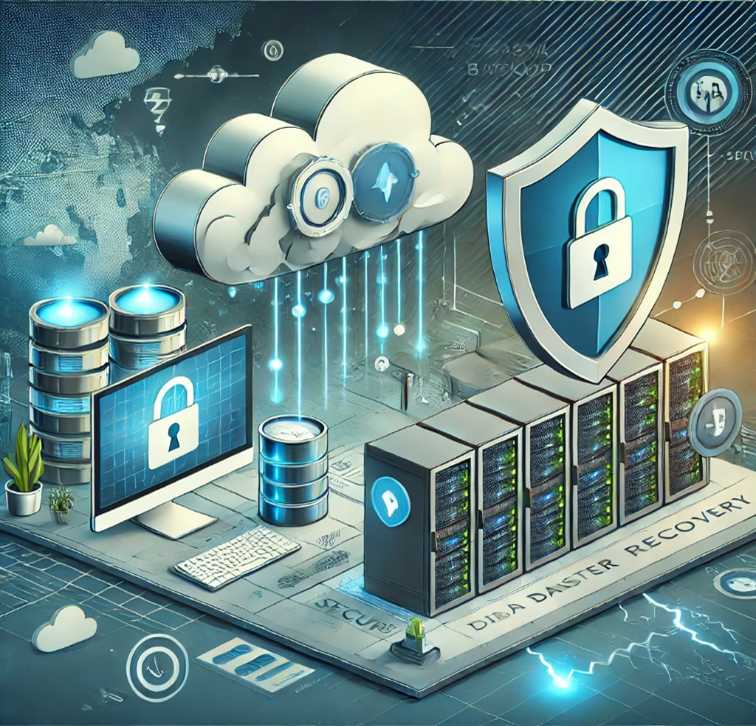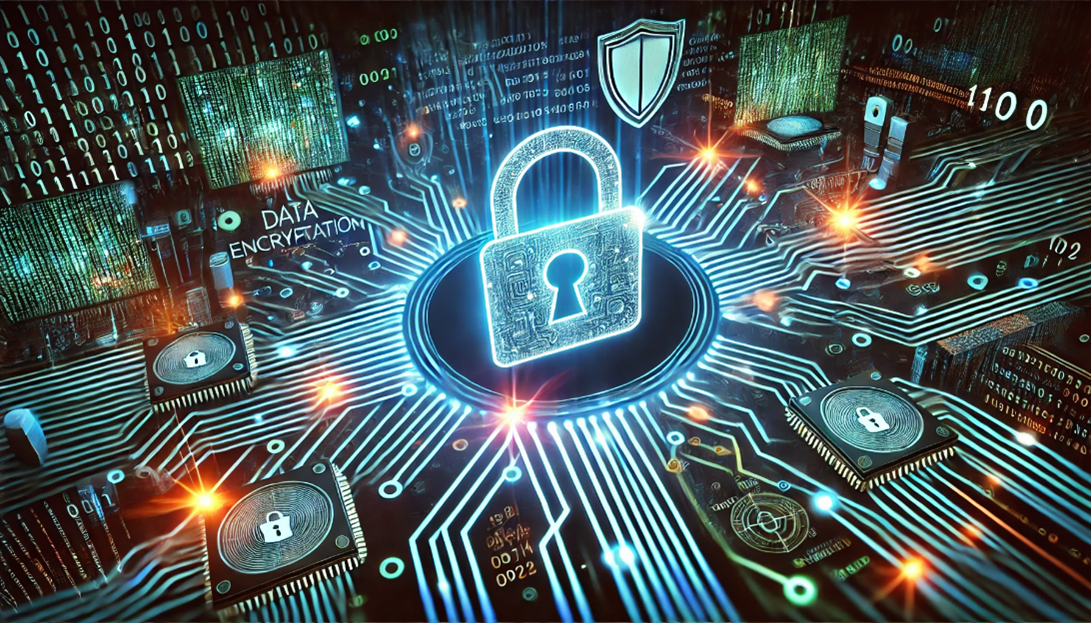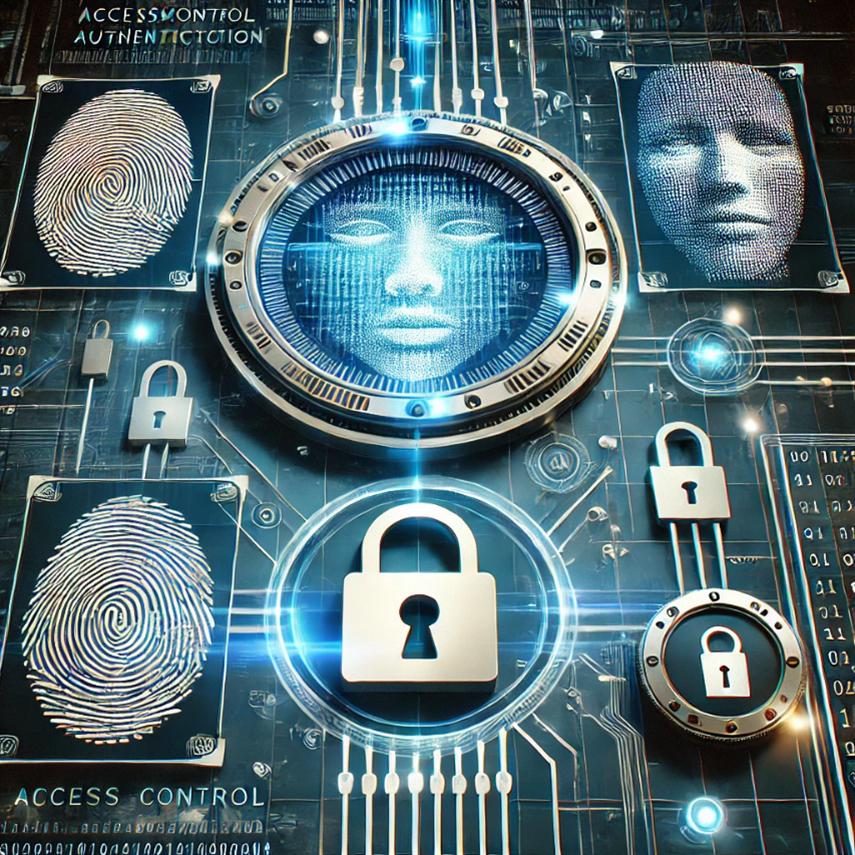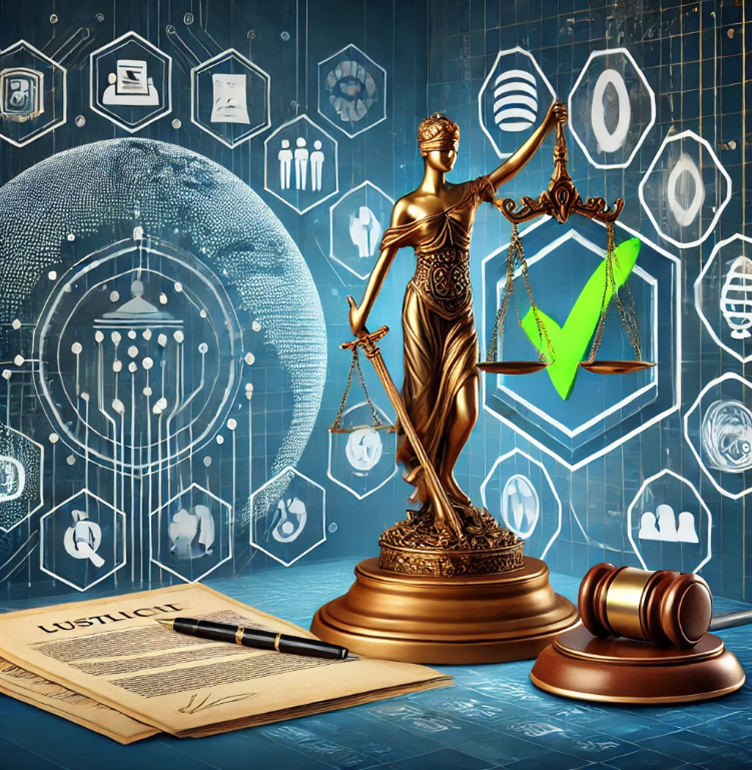Ensuring the safety of students' data in a digital learning ecosystem

Ensuring the safety of students' data in a digital learning ecosystem
by Maximilian 11:24am Jan 23, 2025

Ensuring the safety of students' data in a digital learning ecosystem is critical, especially as educational institutions increasingly rely on digital platforms and tools. With the integration of technologies like Learning Management Systems (LMS), cloud services, and IoT devices, vast amounts of student data are collected and processed. This data often includes sensitive information, such as personal details, academic performance, behavior tracking, and even health data. Protecting this information is paramount to ensure privacy, security, and compliance with legal and ethical standards.
Here are key strategies and best practices to ensure the safety of students' data in a digital learning ecosystem:
1. Data Encryption and Secure Communication
End-to-End Encryption: All data transmitted between students, teachers, and educational platforms should be encrypted, meaning that it is scrambled and unreadable to unauthorized parties during transmission. This ensures that sensitive information (e.g., grades, assignments, personal details) remains secure while in transit.
Secure Communication Channels: Educational institutions should utilize secure communication protocols (e.g., HTTPS, SSL/TLS) to protect data when sent over the internet. This prevents man-in-the-middle attacks and ensures that data cannot be intercepted during online interactions.

2. Access Control and Authentication
Role-Based Access Control (RBAC): Restrict access to student data based on the user’s role. For example, teachers and administrators should have access to different levels of student data compared to students themselves. This ensures that only authorized personnel can access sensitive information.
Multi-Factor Authentication (MFA): Require users (teachers, students, administrators) to verify their identity through multiple methods (e.g., password + SMS code or biometrics) before accessing any systems containing student data. This adds an extra layer of protection against unauthorized access.
Least Privilege Principle: Ensure that individuals have access only to the minimum amount of data necessary for them to perform their roles. This minimizes the risk of data being exposed or misused.
3. Data Minimization and Anonymization
Minimize Data Collection: Collect only the data necessary for the educational purposes at hand. Avoid gathering excessive information that could expose students to unnecessary risks. For example, avoid collecting sensitive data such as detailed health information unless absolutely required.
Data Anonymization and Pseudonymization: Whenever possible, anonymize or pseudonymize data so that it cannot be linked back to specific individuals. For example, anonymizing grades or behavioral data for research purposes ensures that personal information is not exposed.

4. Regular Audits and Monitoring
Data Access Audits: Regularly audit who is accessing student data and ensure that the access is legitimate. Monitoring tools can track all activities within educational platforms to identify unauthorized access or unusual behavior.
System Vulnerability Scanning: Conduct regular vulnerability assessments and penetration testing to identify and address weaknesses in digital systems. Any discovered vulnerabilities should be patched promptly to avoid exploitation by malicious actors.
5. Compliance with Legal and Regulatory Standards
Adherence to Data Privacy Regulations: Ensure that all data collection and processing practices comply with relevant data protection laws such as:
FERPA (Family Educational Rights and Privacy Act): In the U.S., FERPA protects the privacy of student education records and limits who can access and share that data.
GDPR (General Data Protection Regulation): In the European Union, GDPR governs the handling of personal data, including the need for explicit consent and the right to erasure.
COPPA (Children’s Online Privacy Protection Act): This U.S. law limits the collection of personal data from children under 13 years of age and sets rules for data privacy in educational technologies targeted at minors.
Data Retention Policies: Define and enforce clear data retention policies that specify how long student data will be kept, and when and how it will be securely disposed of. For instance, academic records should be kept for a required period, while more temporary data (like homework submissions) may be discarded after a certain timeframe.
6. Data Security in Cloud Services and Third-Party Tools
Evaluate Third-Party Service Providers: When using third-party services (e.g., cloud storage, digital learning tools), ensure they meet high security and privacy standards. Verify that their data protection policies align with your institution’s needs and legal requirements.
Data Hosting and Geolocation: Be aware of where student data is stored, especially in the case of cloud services. Some countries have strict data protection laws that mandate data must be stored within their borders. Ensure that data hosting complies with the regulations relevant to your jurisdiction.

7. Educating and Training Students and Staff
Data Privacy Education: Both students and staff should be educated about the importance of data privacy and security. For example, students should be informed about how to protect their login credentials, recognize phishing attempts, and understand their rights regarding their personal data.
Staff Training on Data Security: Teachers, administrators, and other staff members should be regularly trained on best practices for safeguarding student data, including how to identify and respond to potential security threats (e.g., phishing emails, data breaches).
8. Incident Response Plan
Breach Detection and Response: Have a comprehensive incident response plan in place in case of a data breach. This should include immediate actions to mitigate the breach, such as disconnecting affected systems, notifying affected individuals (e.g., students and parents), and reporting the breach to regulatory authorities.
Clear Communication: Ensure that there is a clear communication strategy to inform students, parents, and staff in the event of a breach or data compromise, in line with legal requirements. Transparency in these situations builds trust and helps mitigate damage.
9. Secure Device Management
Mobile Device Management (MDM): In the case of students using mobile devices, laptops, or other personal devices for learning, MDM solutions can be used to remotely manage and secure these devices. Features like remote wiping, device tracking, and access control can help protect sensitive data if a device is lost or stolen.
IoT Device Security: With the increasing use of IoT devices in schools (e.g., smart whiteboards, wearables, and smart cameras), it’s important to ensure that these devices are secure. This includes updating firmware regularly, securing network connections, and monitoring for vulnerabilities.
10. Secure Data Backup and Disaster Recovery
Regular Backups: Ensure that student data is regularly backed up in a secure manner. These backups should be encrypted and stored in separate, secure locations to prevent loss of data in case of hardware failure, natural disasters, or cyberattacks.
Disaster Recovery Plan: Implement a disaster recovery plan that outlines how to restore lost or compromised data, ensuring continuity of education in the event of a catastrophic data loss.

Conclusion
Ensuring the safety of students' data in a digital learning ecosystem requires a comprehensive approach involving technology, policies, and education. By using encryption, access control, compliance with legal standards, secure third-party services, and training for staff and students, educational institutions can protect sensitive student information from threats and ensure a safe, secure learning environment. In a time when data breaches are a real concern, safeguarding student privacy must be a top priority for all stakeholders involved.






